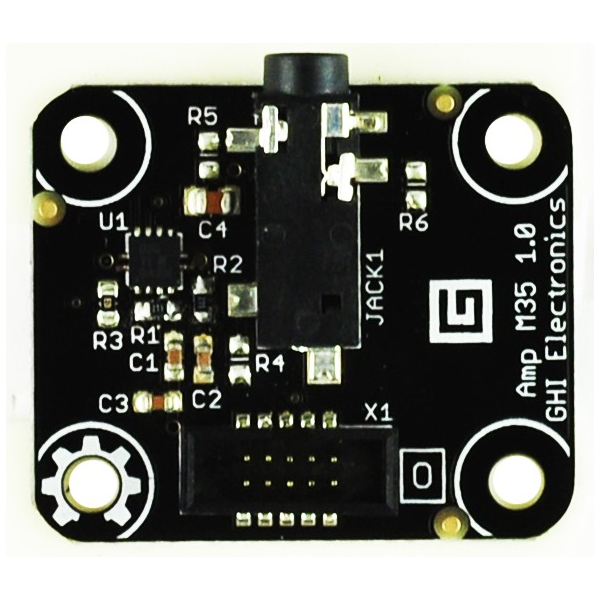

Dec 2015 Pad with spaces only, no tabs. ROBOTC function and variable definitions. More on Stan’s classes, along with his guide to building his QEV3Bot, can be found here.//. QEV3Bot BuildĪlternatively, QEV3BotSim can also dovetail with Stan’s physical QEV3Bot lessons, which was developed for his Engineering and Applied Science first year university students. I particularly enjoyed being able to see dynamic data as the virtual QEV3Bot moved along the fixed virtual Playfield mat, which includes virtual walls and a light source. Mac users can access the software through an emulator such as Parallels, as I did, and this worked well enough. Virtual Playfield mat with virtual QEV3Bot model

Knowledge of RobotC is required to go beyond the sample programs. You can find his page here, along with an application to download and begin programming.

Stan has provided try-me programs on his site to get you started. QEV3BotSim may help you to extend your students from the classic Mindstorms GUI-based drag and drop system to the more industry-based C programming languages, without needing any robotics hardware. It does, however, feature an image of an EV3 brick that can provide limited feedback to simulate some of the brick’s normal running characteristics. In addition to supporting text-based programming, QEV3BotSim is visually quite different to Open Roberta Lab. Various simulator packages have been developed to fill this need, such as the Open Roberta Lab web-based system using the NEPO drag-and-drop programming language. Stan Simmons, an Associate Professor at Queen’s University in Canada, has developed a free Windows-based LEGO EV3 simulator as an adjunct to his physical robot classes, QEV3Bot Simulator.Īlthough the LEGO Mindstorms NXT and EV3 Software packages are quite elaborate and extensive, they do not offer users the ability to test their programs in a virtual environment. QEV3BotSim Virtual programming and testing screen


 0 kommentar(er)
0 kommentar(er)
